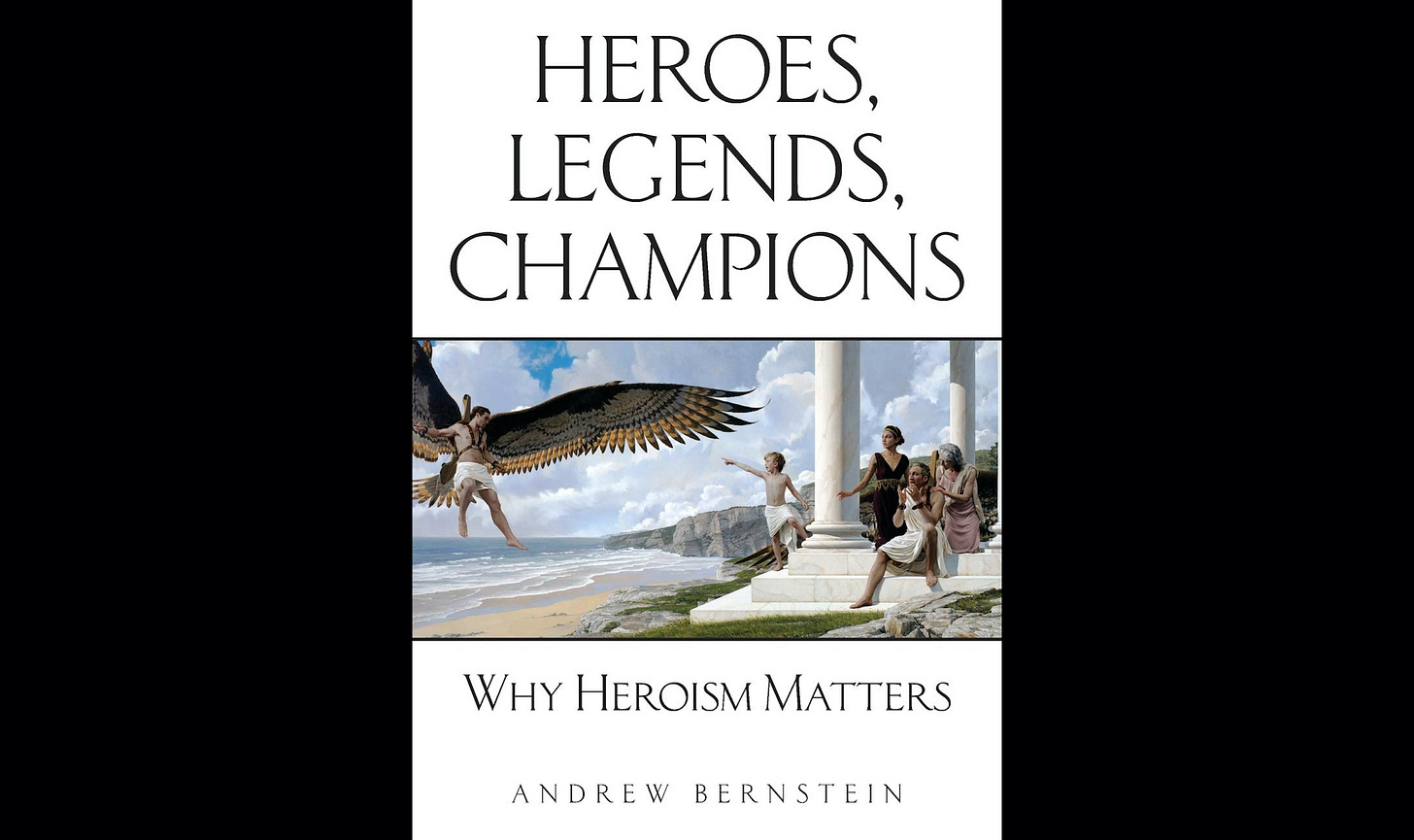Heroes, Legends, Champions: Why Heroism Matters by Andrew Bernstein (Review)
By Elliott Hill
Union Square Publishing, Inc., 2020
180 pp. $14.95 (Paperback)
In his latest book, Heroes, Legends, Champions: Why Heroism Matters, Andrew Bernstein identifies the key traits of heroes, discusses their importance to human life, and examines prevalent ideas that are antithetical to heroism.
Zeroing in on the nature of heroism, Bernstein points out that peop…



